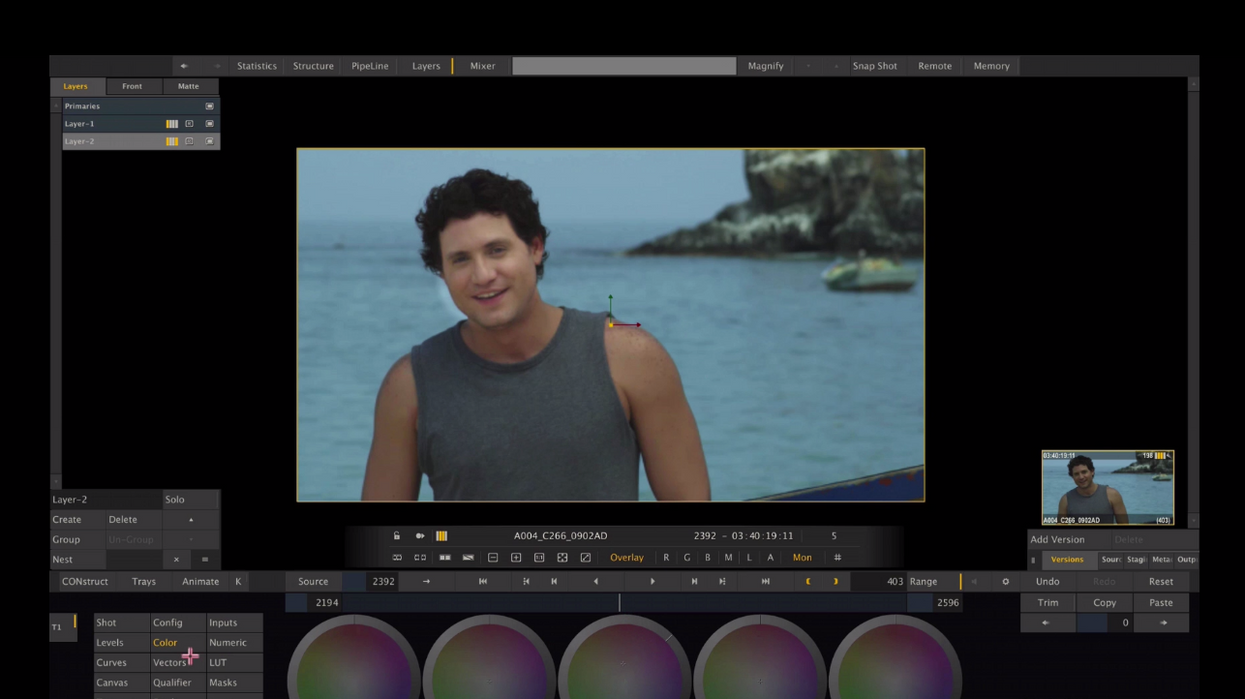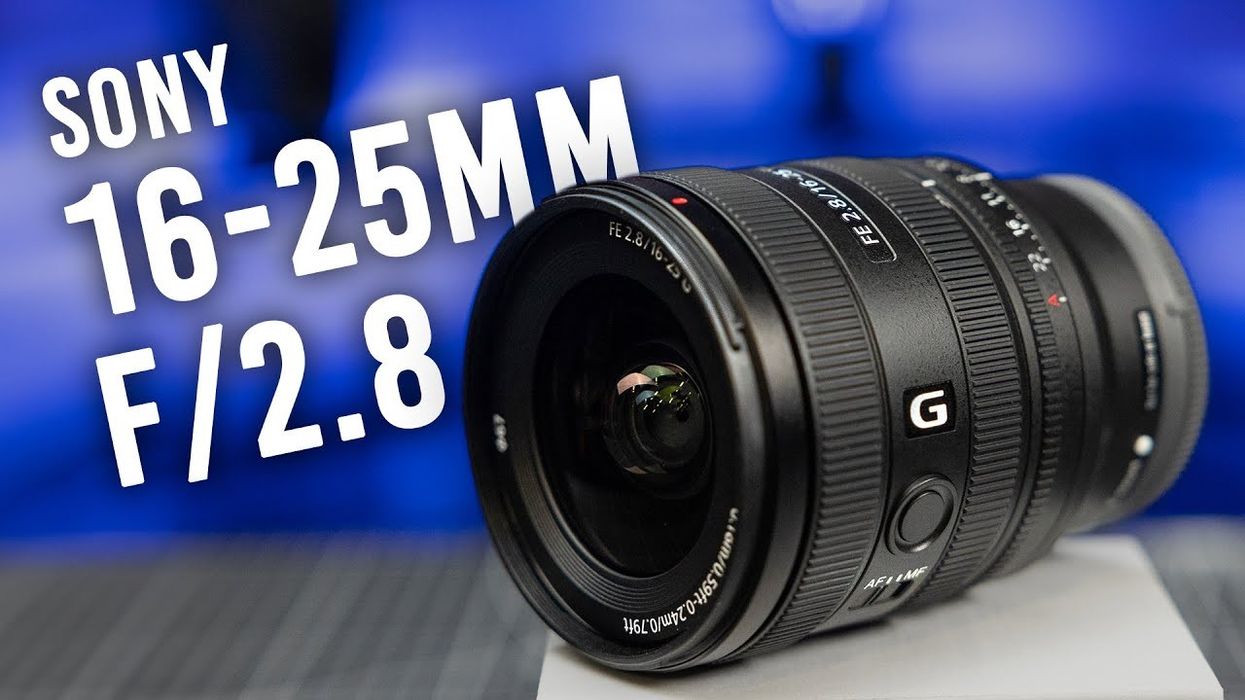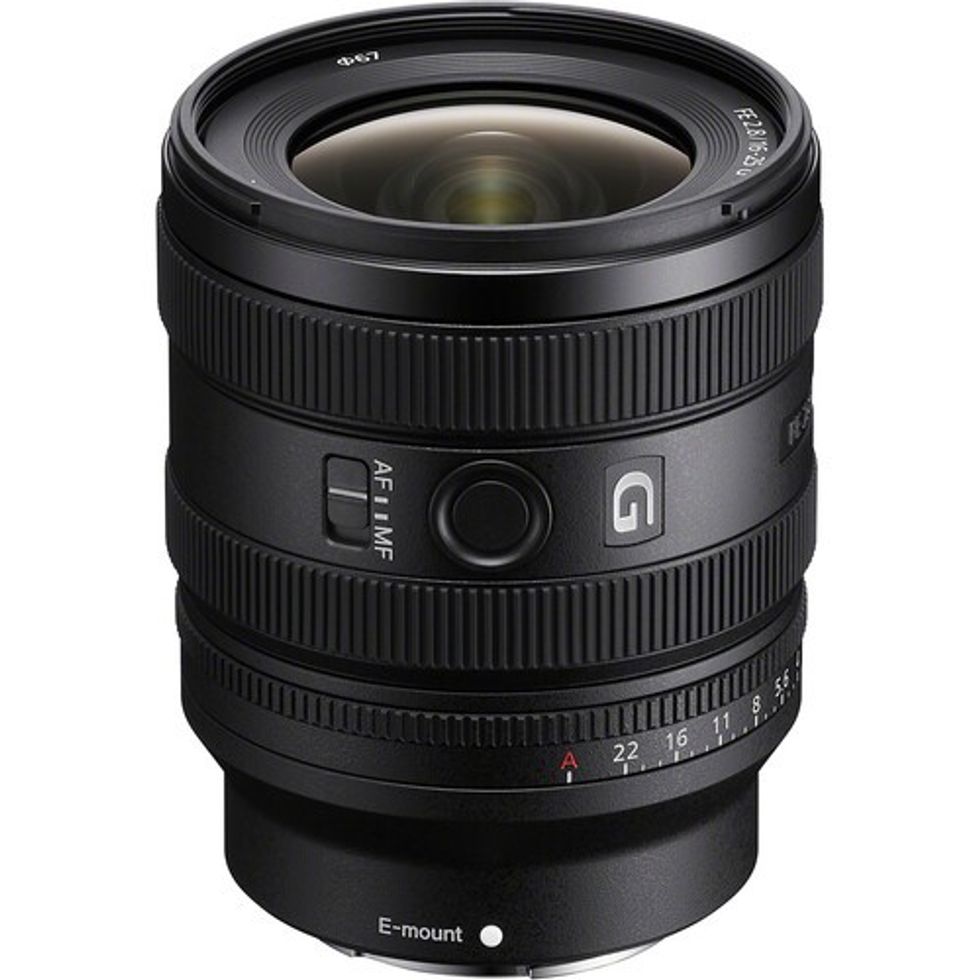Assimilate Scratch Pushes Deep into Stereo 3D and VR with 8.5
To stand out in the competitive finishing marketplace, Scratch focuses on Stereo and VR tools.

Color and finishing has gone through quite a shake-up in the last decade, with the pricing model changing drastically (who in 2005 could've imagined Resolve would someday be freeware?). One of the survivors is Assimilate Scratch. With today's release of version 8.5, they continue their focus on deep-level tech tools to hold on to their place in the toolkit.
8.5 focuses specifically on developing their stereo tools to a higher level, planning ahead for the coming explosion of VR content. This is a smart move for Assimilate; Resolve has a lot of great tools, but their stereo toolkit has never been particularly deep, and it's a great area to expand to maintain a reason for existence against Resolve's massive market dominance. In addition, along with 8.5, Assimilate is releasing Scratch VR, which applies all their color and finishing tools to 360 VR clips, including a VR interface for your smartphone and Google Cardboard that lets you work natively in a VR space.

Despite a lot of cool improvements, a surprising limitation in this release is the lack of auto-match between cameras. Very often with stereographic imagery, the two cameras don't quite match perfectly. This was a bigger problem with split-mirror rigs, which would often introduce a dramatic color cast, but even the normal manufacturing variations of lenses and sensors can cause slight image mismatch on the side by side (or spherical) rigs you typically see in VR applications. Digital Vision's Nucoda offers a useable auto-match for stereo projects that has been very popular in the 3D world. It is often used as a supplement to the weaker stereo toolset of other platforms, for instance, by using Nucoda for a stereo-correction pass before taking the project into Resolve for color and finishing. That this feature is missing from a Stereo-focused updated for Scratch feels like a missed opportunity.
With tools like the (free) Da Vinci Resolve out there, some might wonder, what's the argument for Scratch? First off, while Resolve itself is available free, if you want to connect to external monitors over SDI, you'll need to purchase Blackmagic produced hardware: it's the heart of their business model. But with Scratch, the software is hardware agnostic. Already invested in several AJA cards? Scratch works with them, and Bluefish444, and NVIDIA embedded SDI. Best of all, it's a $75/month subscription for Scratch, which can be turned off or on at will (though it defaults to on), so if you only need Scratch for a few months for a specific job, you can rent it instead of paying in perpetuity for a full license that you only need for short term.
Some of the more notable features of this upgrade:
- New Manage Stereo Tool
- Stereo generator to output multiple different stereo versions in a single batch
- Support for MXF Raw
- Improved XAVC processing
- Now reads all EXR meta-data
- New Command line scripting option for integration with customized workflows
All that said, it's the little things that can really make or break a system. I graded a feature in Scratch, but could never get used to "return" being the start/stop playback command (instead of spacebar), and went running happily back to Resolve after the feature was done. At this point, Scratch would need to really blow Resolve out of the water to get me to consider even trying it again on a client job for a 2D job, though they'll be top of my list for 3D/VR work. What would it take to get you guys to give Scratch a shot?













